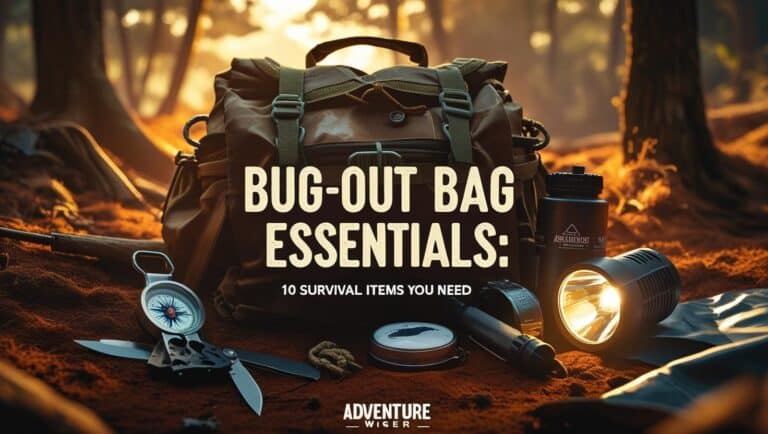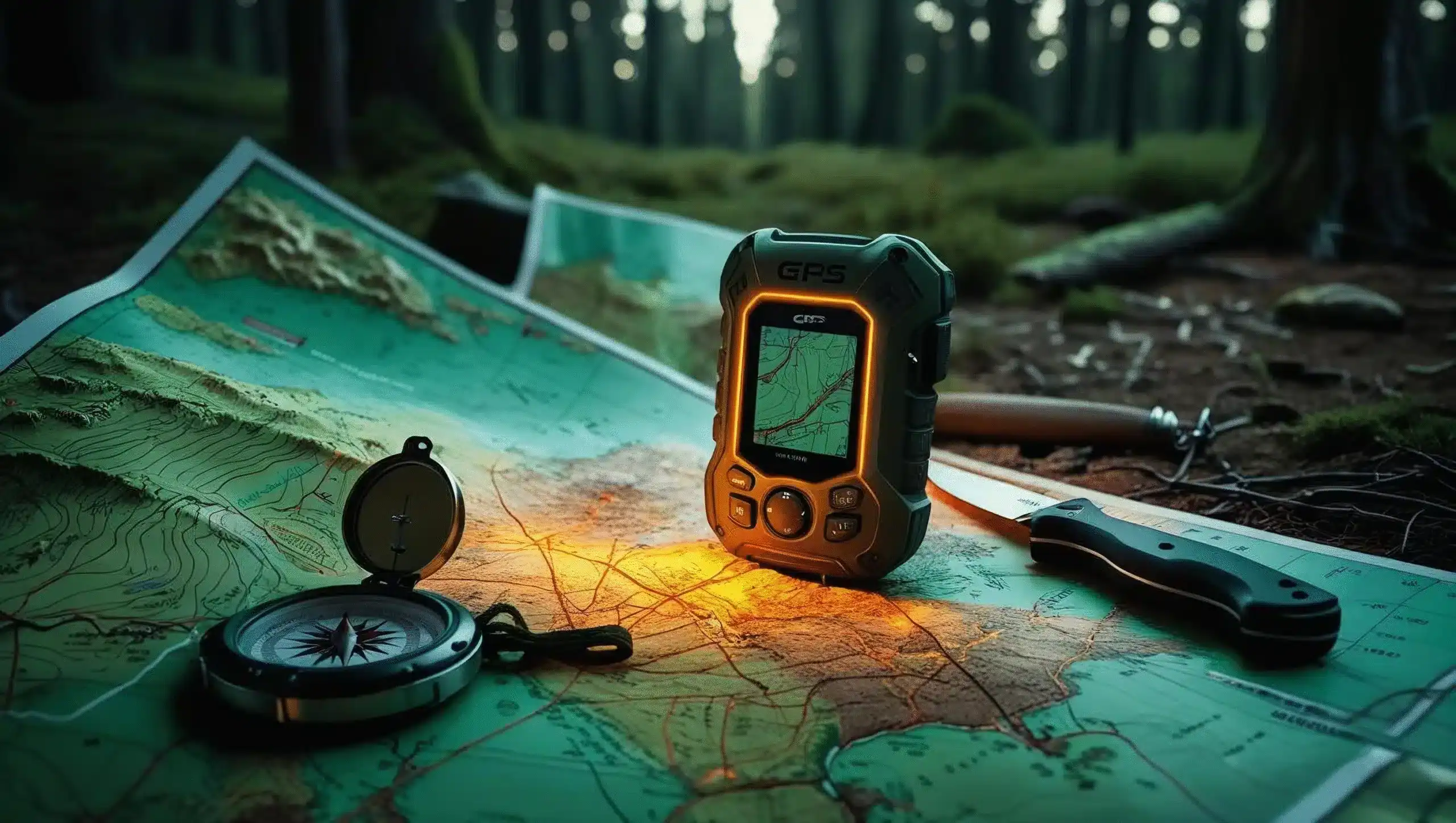
Best GPS Units for Preppers in 2025 (When You Need More Than a Compass)
Imagine this: you’re a few miles deep into the woods, your compass is steady on north—but your map? It’s now a soggy mess from last night’s downpour. Or maybe you packed the wrong topo map and suddenly you’re navigating through Narnia instead of Tennessee.
That’s when GPS becomes a prepper’s best friend. Not as a replacement for your compass, but as a layered backup. Preppers know redundancy isn’t paranoia—it’s survival insurance. And in 2025, GPS units aren’t just about where am I? They’re about staying found, staying in touch, and staying alive.
I’ve tested, cursed at, and occasionally praised these devices in the field. Below are the 10 best GPS units I’d actually trust in a bug-out bag.
Lastly, I know this sort of looks like a Garmin add, but trust me its not. Although I am a HUGE Garmin fan, most of the tech equipment I own that can come from Garmin, well…it does. You can’t go wrong with, you guessed it Garmin!
Why Preppers Still Need GPS in 2025
Compasses don’t run out of batteries. Maps don’t glitch. But GPS units? They give you instant accuracy, satellite comms, and terrain intelligence your compass can’t dream of.
- Durability: Ruggedized, waterproof, impact-proof.
- Off-Grid Messaging: inReach, SOS, and two-way satellite texting.
- Battery Life: Some push 100+ hours, with solar or AA backups.
- Mapping Power: Preloaded topo maps, public land boundaries, even choke points and water sources.
Prepping is about layers. Compass + map = mandatory. GPS = insurance that makes sure your sense of direction doesn’t get you killed.
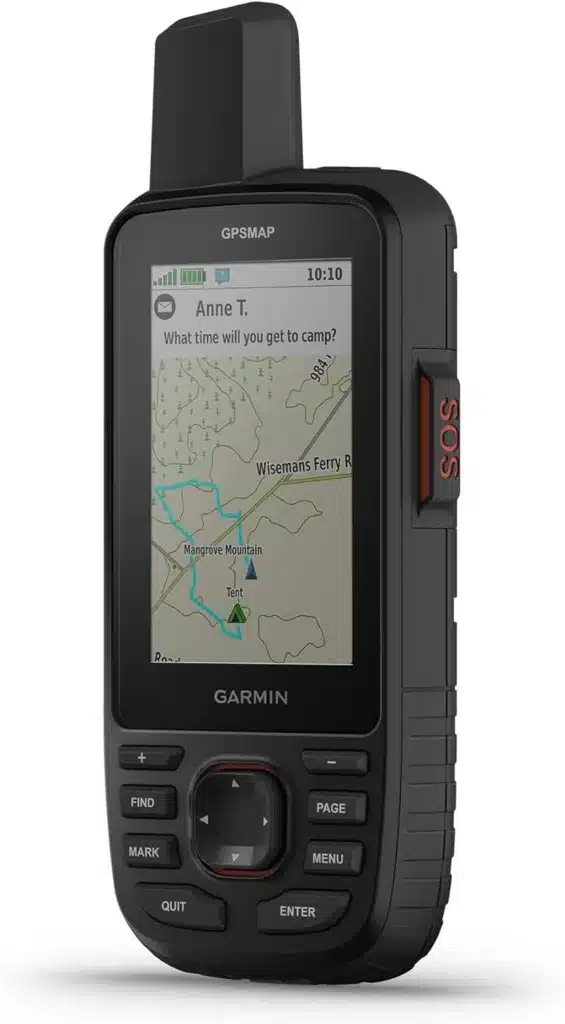
165-hour battery life on expedition mode — lasts through multi-day bug-outs.
inReach two-way satellite messaging for SOS and off-grid comms.
Preloaded topo maps + downloadable maps — ready to navigate anywhere.
Rugged, waterproof build (IPX7) that laughs at rain, mud, and cold.
Multi-GNSS support (GPS, GLONASS, Galileo) for pinpoint accuracy in tough terrain.
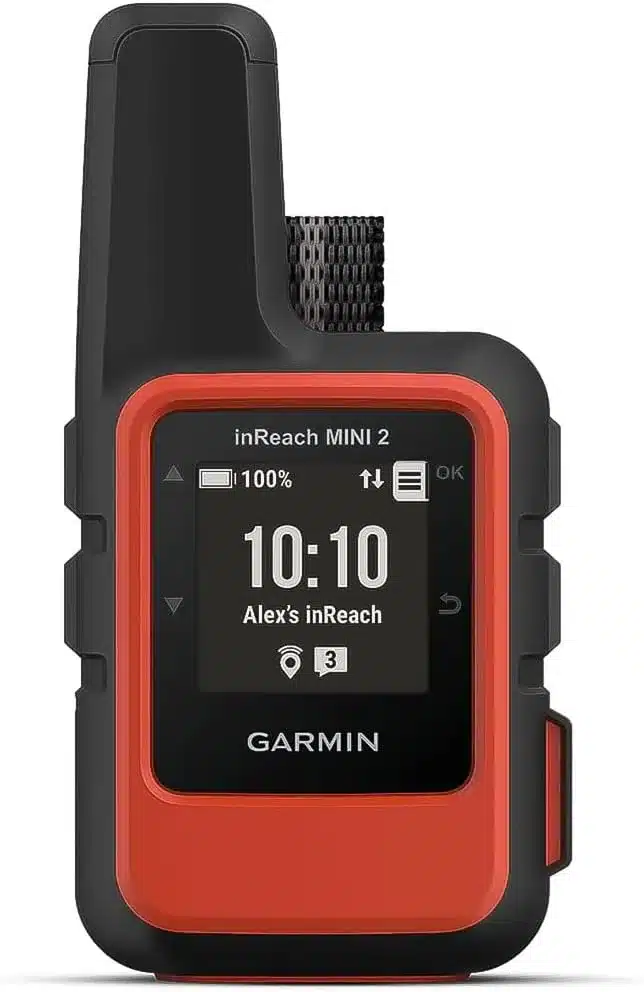
Pocket-sized (100g) — disappears into a bug-out bag or pocket.
inReach SOS & satellite texting — contact rescuers even without cell service.
Up to 90 hours battery in tracking mode — long enough for weekend survival trips.
Pairs with smartphone via Bluetooth for easier map use and texting.
Waterproof and drop-resistant design — as tough as it is small.
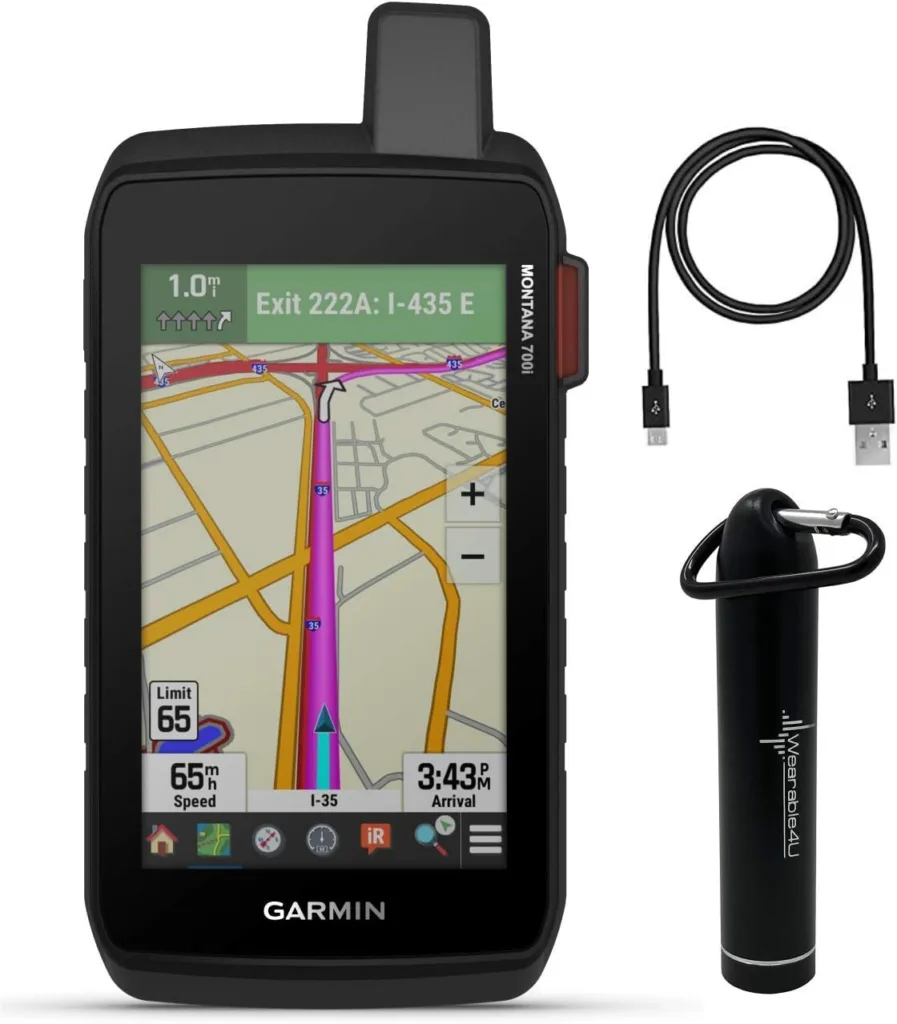
Large 5” touchscreen — readable in sunlight, even with gloves on.
Topo + street navigation — doubles as a road GPS and survival tool.
inReach satellite messaging & SOS — off-grid communication built in.
Vehicle-ready mounting options — perfect for overlanders and bug-out rigs.
Rugged MIL-STD-810 construction — shockproof, weatherproof, adventure-proof.
What Are the Best GPS Units for Preppers in 2025?
When picking survival GPS units, I used a simple process:
- Redundancy Ready — works even when your phone dies.
- Durability — waterproof, shockproof, prepper-grade.
- Battery Life — can outlast multi-day bug-outs.
- Practical Features — satellite SOS, topo maps, or specialty survival tools.
Here’s the lineup that passed the field test:
The 10 Best GPS Units for Preppers in 2025
1. Garmin GPSMAP 67i — The Premium All-Rounder

- Price: ~$599 on Amazon
- Why It Rocks: Satellite messaging, topo maps, 165-hour battery, rock-solid build.
- Best For: Preppers who want one device to rule them all.
- Pro Tip: Carry spare lithium AAs — because “dead GPS” is a terrible punchline in the woods.
2. Garmin inReach Mini 2 — The Compact Lifeline

- Price: ~$368 on Amazon
- Why It Rocks: Pocket-sized SOS + two-way satellite texting.
- Best For: Bug-out bags where space matters.
- Pro Tip: Pair it with your phone for easier texting, then stash it as a “break glass in case of disaster” backup.
3. Garmin Montana 700i — The Navigation Tank

- Price: ~$520 on Amazon
- Why It Rocks: Big touchscreen, topo + street maps, inReach comms.
- Best For: Vehicle preppers and off-road bug-outs.
- Pro Tip: Mount this in your truck. If the grid drops, you’ll still know every back road out of Dodge.
4. Garmin eTrex 32x — The Budget-Friendly Backup
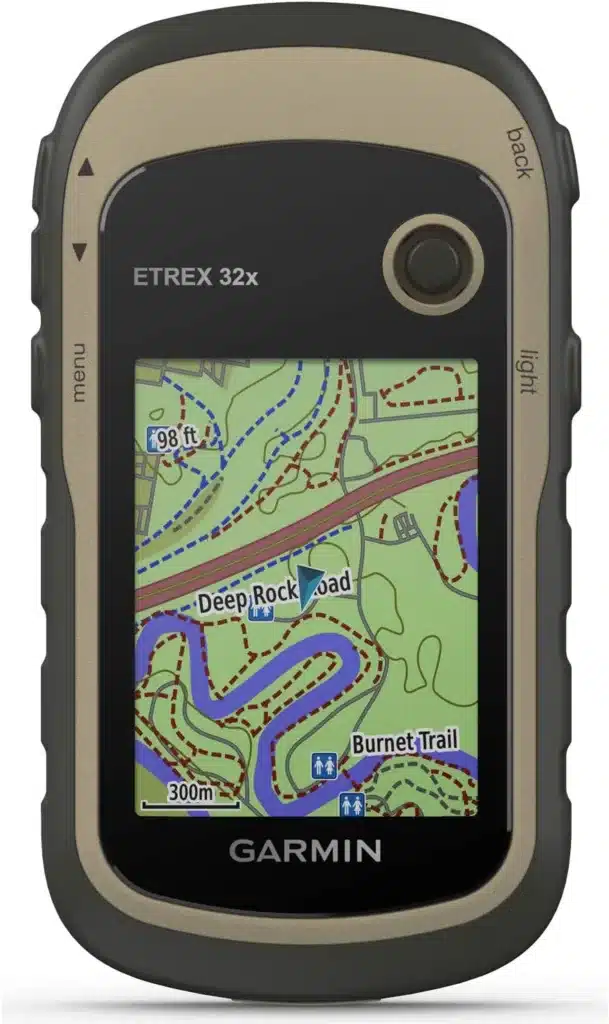
- Price: ~$199 on Amazon
- Why It Rocks: Affordable, simple, and durable.
- Best For: Preppers who don’t want to spend a fortune but want a GPS that just works.
- Pro Tip: Keep one as a backup in your pack. It’s the Toyota Corolla of GPS units.
5. Garmin Foretrex 601 — The Military Wrist GPS
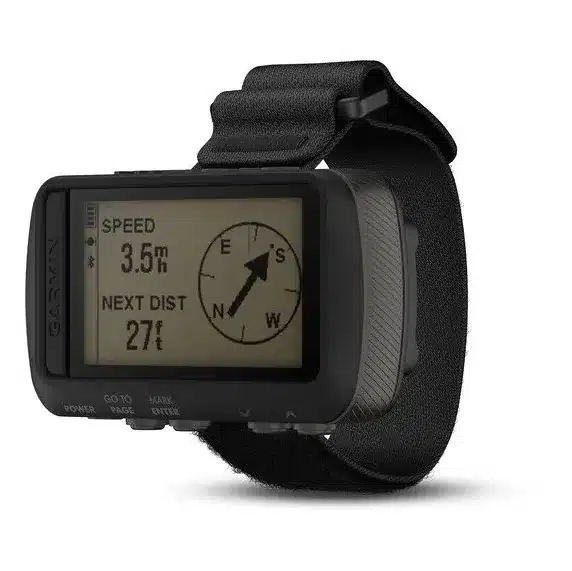
- Price: ~$199 on Garmin
- Why It Rocks: Wrist-mounted, hands-free, U.S. military tested.
- Best For: Tactical preppers, hikers, and anyone who hates juggling gear.
- Pro Tip: Pair it with ranger beads — track pace and direction like a pro.
6. Magellan TRX7 CS Pro — The Off-Road Explorer
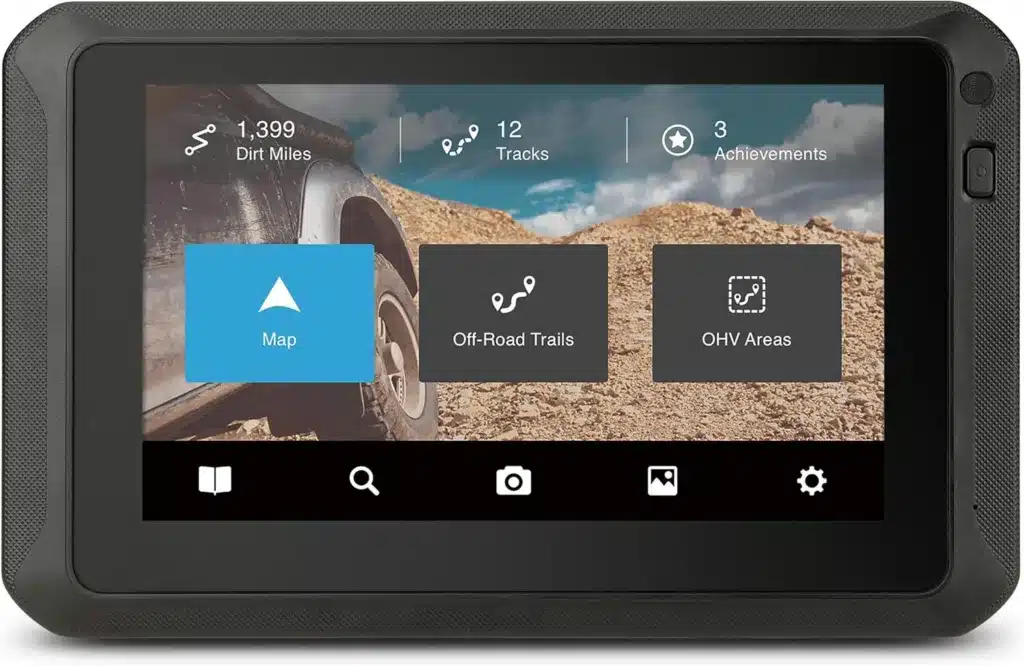
- Price: ~$402 on Amazon
- Why It Rocks: Huge 7” touchscreen, trail database, vehicle mount.
- Best For: Overlanders and bug-out drivers.
- Pro Tip: Don’t trust the “trail difficulty” ratings — they’ve clearly never driven Mississippi clay after a rain.
7. TwoNav Cross — The European Wild Card
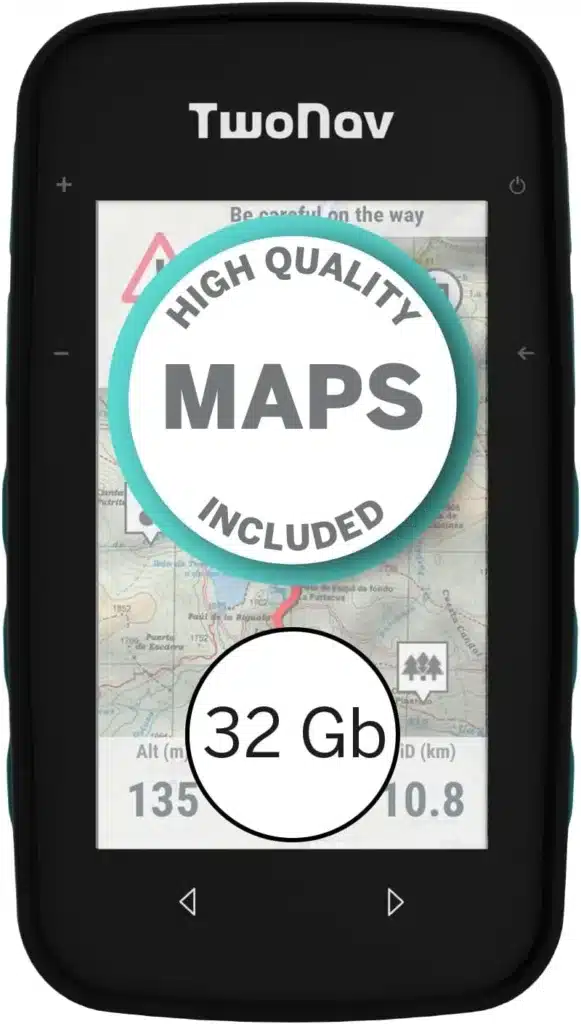
- Price: ~$459 on Amazon
- Why It Rocks: Lightweight, long battery, topo-heavy.
- Best For: International preppers or those wanting a Garmin alternative.
- Pro Tip: It’s lesser-known in the U.S., but don’t let that fool you — it’s a rugged performer.
8. Satmap Active 20 — The Rugged Brit
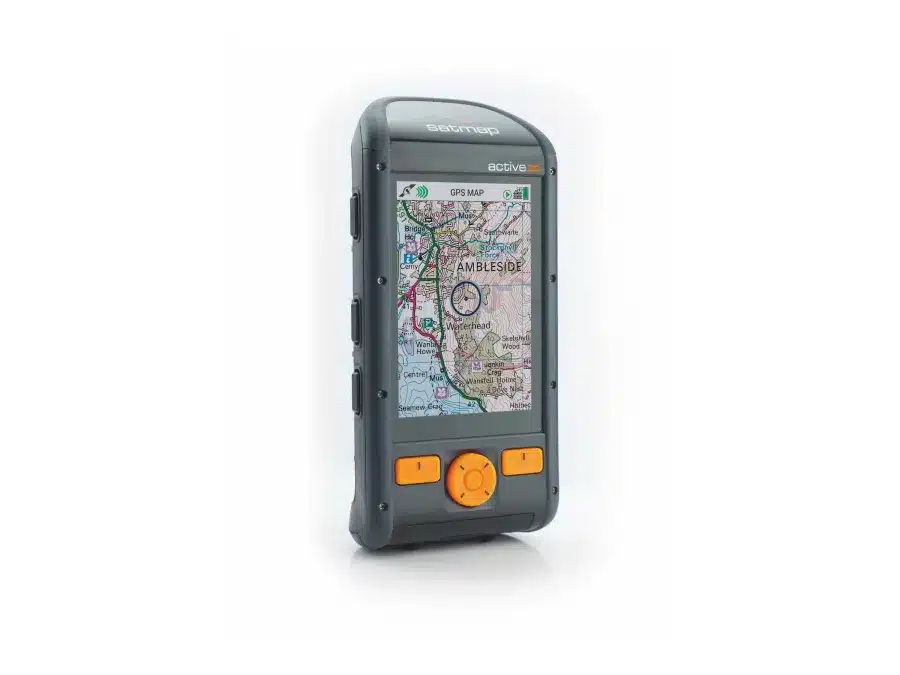
- Price: Unknown, review on The Great Outdoors
- Why It Rocks: UK-built, hot-swappable batteries, insane weatherproofing.
- Best For: Cold, wet environments where cheap gear dies.
- Pro Tip: Keep an extra battery in your chest pocket to swap mid-storm.
9. Lowrance HOOK Reveal 7x SplitShot — The Angler’s Secret Weapon
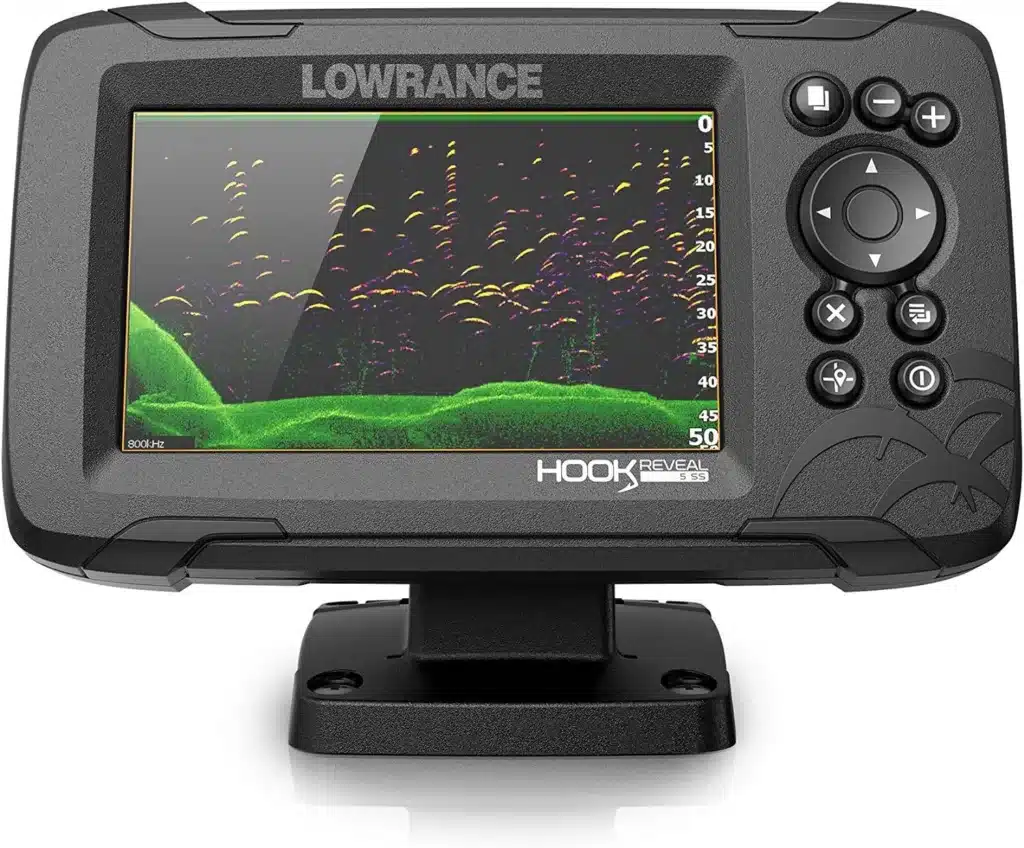
- Price: ~$343 on Amazon
- Why It Rocks: GPS mapping + sonar. Originally for fishing, but fantastic for water-based prepping.
- Best For: Preppers near lakes/rivers who need navigation and fish-finding intel.
- Pro Tip: Ignore the fish sonar if you’re inland. Unless you’re prepping for mutant catfish invasions.
10. Bad Elf Flex® Mini Standard GNSS Receiver — The EDC Specialist
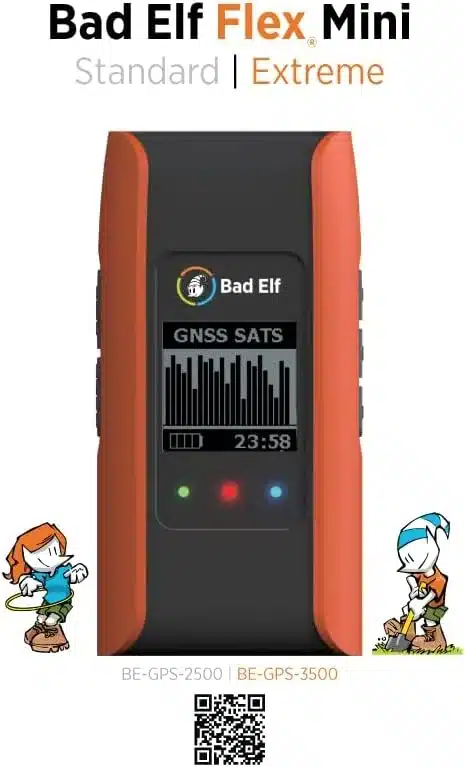
- Price: ~$499 on Amazon
- Why It Rocks: Compact, multi-constellation GNSS receiver with Bluetooth connectivity.
- Best For: GIS professionals, surveyors, and outdoor enthusiasts needing high-accuracy location data without bulky equipment.
- Pro Tip: Pair with the Bad Elf Flex app for seamless integration with mapping apps like ArcGIS or ForeFlight
Comparison Table: 10 Best GPS Units for Preppers in 2025
| GPS Unit | Price (2025) | Battery Life | Messaging/Comms | Durability | Best For |
|---|---|---|---|---|---|
| Garmin GPSMAP 67i | ~$599 | Up to 165 hrs | inReach 2-way satellite | Rugged, waterproof | All-around survival & bug-out navigation |
| Garmin inReach Mini 2 | ~$399 | 90 hrs | inReach SOS + 2-way texting | Waterproof, shockproof | Compact bug-out or EDC backup |
| Garmin Montana 700i | ~$699 | 18+ hrs | inReach comms + topo & street maps | Rugged, glove-friendly touchscreen | Vehicle/overland preppers |
| Garmin eTrex 32x | ~$299 | 25 hrs (AA) | None | Waterproof, drop-resistant | Budget-friendly backup |
| Garmin Foretrex 601 | ~$249 | 48 hrs (AAA) | None | Military-grade, shockproof | Tactical & hands-free navigation |
| Magellan TRX7 CS Pro | ~$699 | 8–10 hrs | None | Rugged mount, off-road rated | Vehicle/off-road survival |
| TwoNav Cross | ~$399 | 20+ hrs | Limited | Waterproof, compact | Garmin alternative for hikers |
| Satmap Active 20 | ~$599 | Swappable batteries (12+ hrs each) | None | Extreme weatherproofing | Cold/wet environment survival |
| Lowrance HOOK Reveal 7x | ~$499 | 10 hrs | None (GPS + sonar) | Waterproof | Water-based preppers & fishing survival |
| Bad Elf GPS Pro+ | ~$499 | 35 hrs | Bluetooth to phone/tablet | Rugged, compact | EDC, minimalist prepping |
Key Considerations Before You Buy
- Battery Life: Rechargeable vs AA — both have pros/cons.
- Subscriptions: inReach = monthly cost. Don’t ignore it.
- Durability: Waterproof, drop-proof, freeze-proof.
- Integration: Some units play nice with phones, others are solo beasts.
What Is a Prepper-Grade GPS?
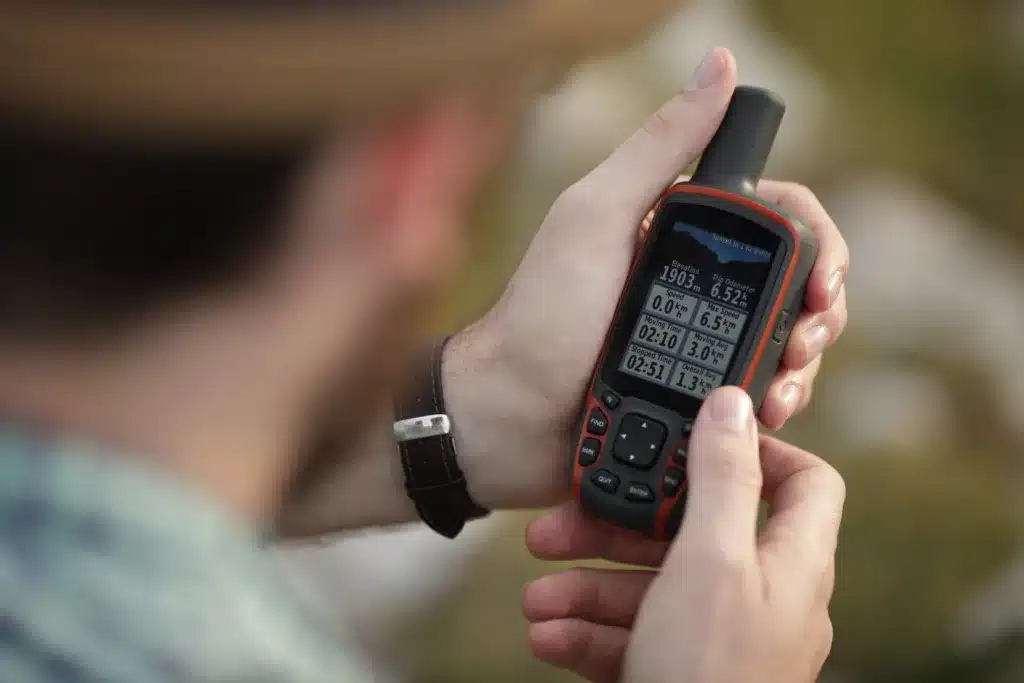
A prepper-grade GPS unit is a rugged, standalone navigation device designed for survivalists and outdoor enthusiasts who need reliable positioning when smartphones and internet fail. Unlike phone apps, these devices communicate directly with satellites, functioning independently of cell towers or Wi-Fi.
Key Features:
- Satellite Independence: Uses GPS, GLONASS, and Galileo systems for accurate positioning in remote areas
- Military-Grade Durability: Waterproof (IPX7), shockproof construction that withstands drops, submersion, and extreme weather
- Advanced Survival Tools: Topographic mapping, waypoint marking, SOS/emergency beacons, weather forecasting, and barometric altimeters
Popular Models: Garmin GPSMAP 67, Montana 700 series, and eTrex 32x lead the market with proven reliability.
These aren’t luxury gadgets but serious survival tools that bridge traditional map-and-compass navigation with modern satellite technology. For preppers and adventurers, they provide a critical lifeline when venturing off-grid or during emergencies when conventional communication networks fail.
How Can a GPS Benefit Preppers in 2025?
Bug-Out Navigation: When Your Escape Plan Meets Reality
Picture this: the highways are jammed, your trusty back-road shortcut is now underwater, and that landmark you’ve been using since 2018? It’s currently on fire. A prepper-grade GPS doesn’t just give you directions—it gives you options. While everyone else is playing real-life Frogger on the interstate, your GPS is calculating alternate routes through terrain that would make a mountain goat nervous. Fast, accurate navigation when the world’s gone sideways isn’t just convenient; it’s the difference between reaching your bug-out location and becoming a very well-prepared statistic.
Redundancy: Because Murphy’s Law Loves Preppers
Sure, you’ve mastered the ancient art of map reading and can navigate by compass like a 19th-century explorer. But what happens when your map decides to take an unscheduled swim in a creek, or your compass starts pointing toward that suspiciously magnetic abandoned car? Your GPS acts as technological insurance—the kind that doesn’t require monthly premiums but might save your bacon when your backup plan needs a backup plan. It’s redundancy that fits in your pocket and doesn’t judge you for occasionally forgetting which way is north.
Communication: Talking to the World When the World Goes Quiet
Modern prepper GPS units aren’t just navigation tools—they’re your personal satellite network. With two-way messaging capabilities, you can send “Still alive, found water source” updates to your team while simultaneously asking Google what that weird berry is (kidding—don’t eat random berries). Some models let you coordinate with other devices, share waypoints, and even send SOS signals that reach beyond the range of your loudest “HELP!” Whether you’re checking in with base camp or summoning rescue when things go sideways, having a direct line to satellites beats smoke signals every time.
Efficiency: When Every Calorie Counts (And So Do Your Steps)
In survival situations, efficiency isn’t just about convenience—it’s about conservation. Every wrong turn burns calories you can’t afford to lose, wastes water you might not be able to replace, and eats up daylight you desperately need. A GPS helps you avoid the scenic route when “scenic” means “three extra miles through rattlesnake territory.” When your daily calorie intake drops from “whatever’s in the fridge” to “whatever didn’t crawl away fast enough,” avoiding energy-wasting detours becomes a legitimate survival strategy. Think of it as calorie budgeting with satellites.
Future-Proofing Your Preparedness
As we roll deeper into 2025, GPS technology keeps evolving faster than a prepper’s stockpile grows. Solar charging capabilities, extended battery life, integration with other survival gear, and enhanced satellite networks mean your navigation tool is getting smarter while the world gets more unpredictable. It’s like having a crystal ball, except this one actually works and won’t mysteriously crack when you need it most.
In the grand chess game of preparedness, a quality GPS isn’t just another gadget—it’s your knight, capable of jumping over obstacles that would stop other pieces cold. When the grid fails and the familiar becomes foreign, having a reliable electronic pathfinder might just be the difference between adventure and misadventure.
Wrapping Up
I’ll never ditch my compass or topo maps — but I’ve learned the hard way that tech layers save time, energy, and sometimes your hide. My Garmin GPSMAP 67i has gotten me out of backcountry tangles, while my trusty eTrex 32x lives as a backup.
The lesson? Don’t gamble on one tool. Stack your skills (map + compass + pace count) with tech (GPS + satellite comms). That way, you won’t be the headline: “Prepper Found After Three Days Wandering in Circles.”
Frequently Asked Questions
Q: Do GPS units work without cell service?
Yes. They use satellites, not cell towers.
Q: Should I only carry a GPS?
Nope. Always back it up with compass + map.
Q: Which GPS is best for beginners?
Garmin eTrex 32x — simple, rugged, affordable.
Q: Can my phone replace a GPS?
It’ll work—until the battery dies or it breaks. That’s why preppers carry rugged GPS devices.
Internal Links & Affiliate Callouts
- Check out my guide on [7 Best Compasses for Preppers in 2025]
- Pair your GPS with [Topographic Maps for Preppers]
- Don’t forget your [Bug-Out Bag Checklist]
Heads-Up, Fellow Preppers:
Some links in this post are sponsored or affiliate links. If you click and buy, I may earn a small commission—enough to restock my peanut butter and maybe add one more can of chili to the stash. I only recommend gear I trust, use, and would hide in a bug-out bag.



